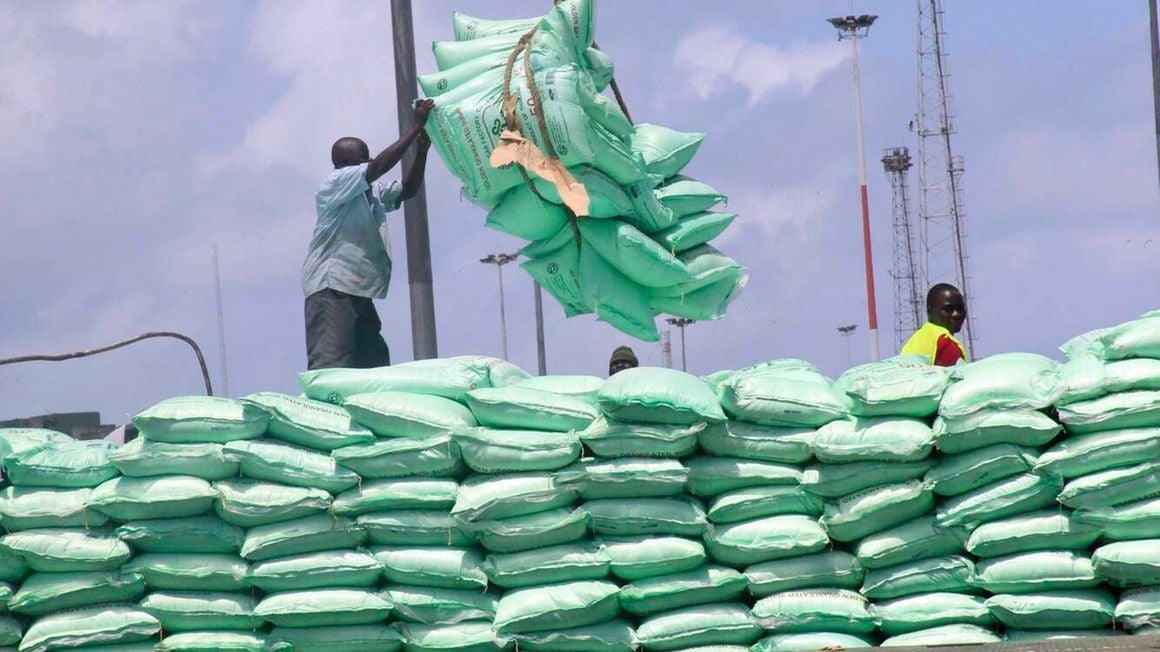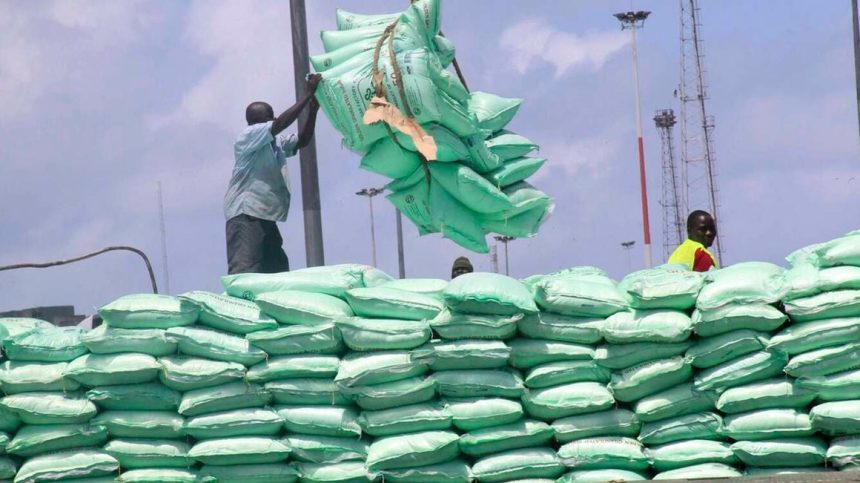Kenya is now relying heavily on expensive sugar imports from neighbouring Uganda after India imposed export restrictions on the sweetener, in what is set to sustain higher consumer prices.
Data from the Sugar Directorate shows 68 percent of the 21,887 tonnes of table sugar that Kenya imported in May came from Uganda, while shipment from India, which was the previous month’s leading source for the commodity declined to 24 percent.
Ugandan sugar was expensive by 43 percent at Sh117, 848 a tonne compared to India’s Sh66,324 a tonne.
India, the world’s second-largest producer after Brazil, has limited exports of the sweetener to six million tonnes following a drop in production due to deficient rainfall.
“In May 2023, the bulk of mill white/brown sugar was sourced from Uganda (68 percent), India (24 percent), Zambia (nine percent) and less than one percent from Germany,” said the Sugar Directorate in a report.
The price of a two-kilogramme packet of sugar remains above Sh420 from an average of Sh280 in March, on the back of a shortage caused by diminishing cane supplies on Kenyan farms.
East African nations have been relying on imports from the global market to meet their sugar needs following a shortage in the Common Market for Eastern and Southern Africa (Comesa) market where they source the commodity duty-free.
In February, sugar imports from India and Madagascar accounted for at least 80 percent of the total imports, with the Asian country accounting for over 70 percent of the shipments.

India has decried that the changes in the weather pattern it is experiencing could reduce rainfall and dent production, impacting the available local stock for its people.
Kenya has been hard hit because of the huge annual deficit that makes the country rely on imports from the Comesa region or Uganda to meet the needs of its people.
The country is allowed to import up to 300,000 tonnes yearly from the trading bloc.
Kenya’s sugar regulator, the Sugar Directorate, said sugarcane milled by all factories dropped to 405,389 tonnes in April, down from 546,150 tonnes in March and 716,274 tonnes in February 2023, cutting production of the commodity by 36 percent in the review period.
The Kenyan government opened a duty-free import window in December that would see traders ship in 100,000 tonnes of sugar outside of the Comesa region to curb the projected shortage that has now pushed up the cost of the sweetener.
The Sugar Directorate said despite the Treasury issuing a waiver on duty, the quantities that have been shipped in have not lowered the cost because they are landing at exorbitant rates due to a global shortage and a weak Kenya shilling.
The global shortage saw just a paltry 14,034 tonne of sugar imported in April, an 85 percent drop from 93,880 in March signalling a tightening supply at the international market.
In Uganda, which comes in handy for Kenya’s imports, the price of the commodity has significantly shot to a high of $737 a tonne, making it costly for importers.



